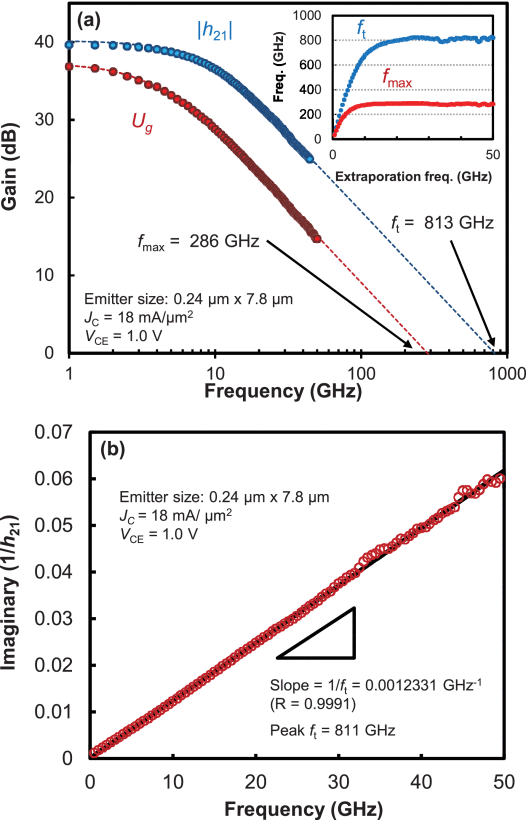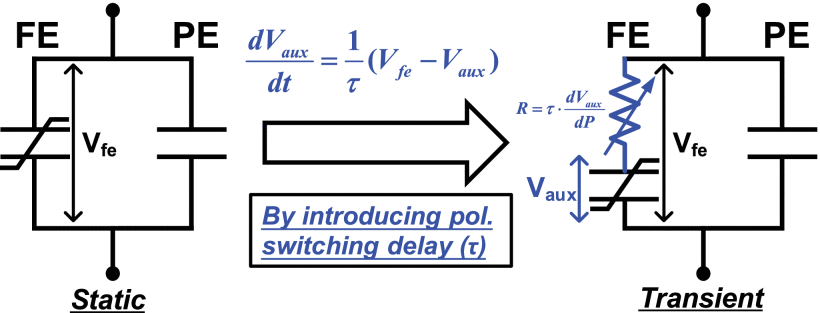Schenk, Tony, Milan Pesic, Stefan Slesazeck, Uwe Schroeder, and Thomas Mikolajick
Memory Technology–A Primer for Material Scientists
Reports on Progress in Physics (2020)
Abstract - From our own experience in the group, we know that there is quite a gap to bridge between scientists focused on basic material research and their counterparts in a close-to-application community focused on identifying and solving final technological and engineering challenges. In this review, we try to provide an easy-to-grasp introduction to the field of memory technology for materials scientists. As an understanding of the big picture is vital, we first provide an overview about the development and architecture of memories as part of a computer and point out some basic limitations that all memories are subject to. As any new technology has to compete with mature existing solutions on the market, today's mainstream memories are explained and the need for future solutions is highlighted. The most prominent contenders in the field of emerging memories are introduced and major challenges on their way to commercialization are elucidated. Based on these discussions, we derive some predictions for the memory market to conclude the paper.
TABLE OF CONTENTS
1. INTRODUCTION2. OVERVIEW AND BASIC LIMITATIONS
3. COMMERCIALLY AVAILABLE MAINSTREAM MEMORIES
3.1. Static and Dynamic Random Access Memory (SRAM/DRAM)
3.2. Flash Memory and Solid-State Drive (SSD)
3.3. Magnetic Hard Disk Drives (HDD) and Magnetic Tapes
3.4. Outlook: Market Trends and Drivers
4. EMERGING MEMORIES
4.1. Resistance-based Read-out: Memory Concepts and Basic Considerations
4.2. Anion migration or valence change memory (VCM)
4.3. Cation migration or electrochemical metallization memory (ECM)
4.4. Phase change memory (PCM)
4.5. Magnetoresistive memory (MRM)
4.6. Ferroelectric Memory (FEM)
4.7. Miscellaneous
5. SUMMARY AND CONCLUSION




